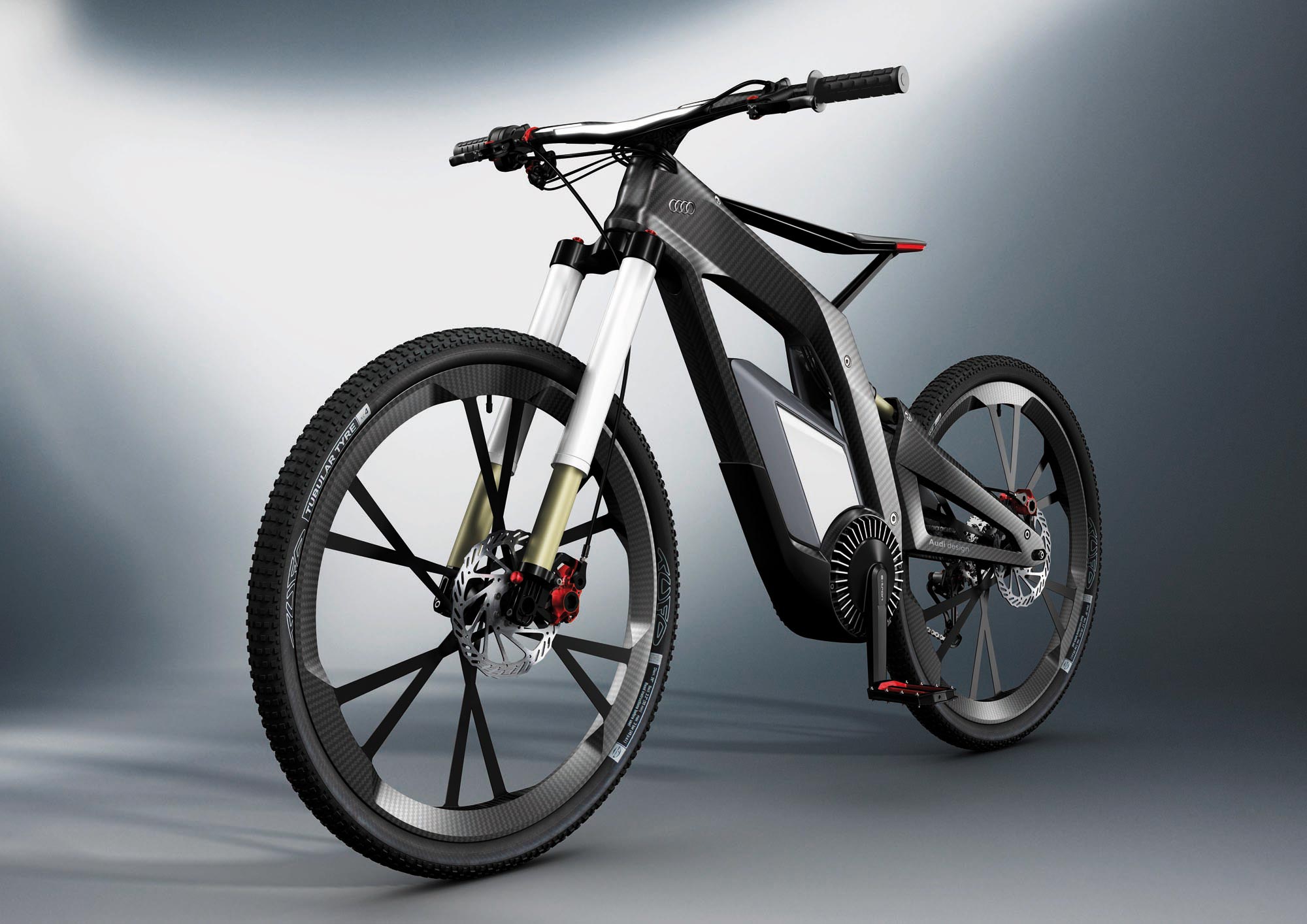The popularity of electric bikes has been growing in the United States and in many other countries around the world. They provide a great alternative to traditional bikes for people who don’t have much experience with traditional bikes, have some type of physical limitation, are undergoing physical therapy, or have a long commute to work, school, etc.
You might be surprised to find out that over a century ago, scientists had thought of, and in some cases patented, some of the basic mechanics and technology used for e-bikes.
Electric bikes are equipped with battery-powered electric motors that provide you with additional propulsion as you ride. Some motors are powered through pedal power, while other are powered using a throttle. It is important to note that these bikes are not fully motorized as is the case with scooters, mopeds, or motorcycles. What sets them apart from these fully motorized vehicles is the need for pedaling.
Powered by rechargeable battery rather than gas, electric bikes can be used effectively for exercise by health and workout enthusiasts, in addition to offering them assistance. You can use only pedal power to go for a long bike ride and use the motor assistance on your way back home. Moreover, research has shown that e-bike cyclists ride much more than their traditional bike counterparts.
Pedelec Electric Bikes
The term pedelec is a portmanteau of ‘pedal electric cycle’. With this type of e-bike, the motor is engaged only when you are pedaling. The motor is engaged by the turning of the pedals and not with a throttle.
Pedelecs typically make use of the hall effect sensor, which makes use of two magnets positioned on either side of a gear that is in turn attached to the gear of the pedals. The magnets interact with the sensor as the pedals rotate, and this engages the engine. As a result, the motor of the pedelec bicycle only runs when the pedals are in motion. A potential disadvantage of pedelecs is that the motor won’t let you cruise without pedaling.
Pedelec make use of either a torque sensor, which uses your pedal power to determine the level of assistance, or a cadence sensor, which relies on the level of assistance settings you choose.
Throttle-controlled or Power-On-Demand Electric Bikes
Power-on-demand electric bikes are powered using a throttle located on the bike’s handlebars. When pressed, the throttle engages the motor. This type of electric bike typically reaches speeds of up to roughly 25 km/h to 32 km/h (16-20 mph), but throttle-controlled e-bikes with higher power might reach a speed of 45 km/h (28 mph).
While riding a throttle-controlled electric bike, you have the option of cycling without the assistance of the motor or using the throttle to engage motor assistance as you pedal. With some throttle-controlled electric bikes, you can engage the throttle and ride the bike without pedaling. Many people have found this to be quite useful when they don’t want to arrive at work sweaty after a long commute, especially in hilly regions.
Scott V. Williams is a technician working in a growing engineering company in Fresno that is committed to improving the state of after-market e-bike kits. He takes pride in installing and repairing pedelec bicycle parts and accessories.







